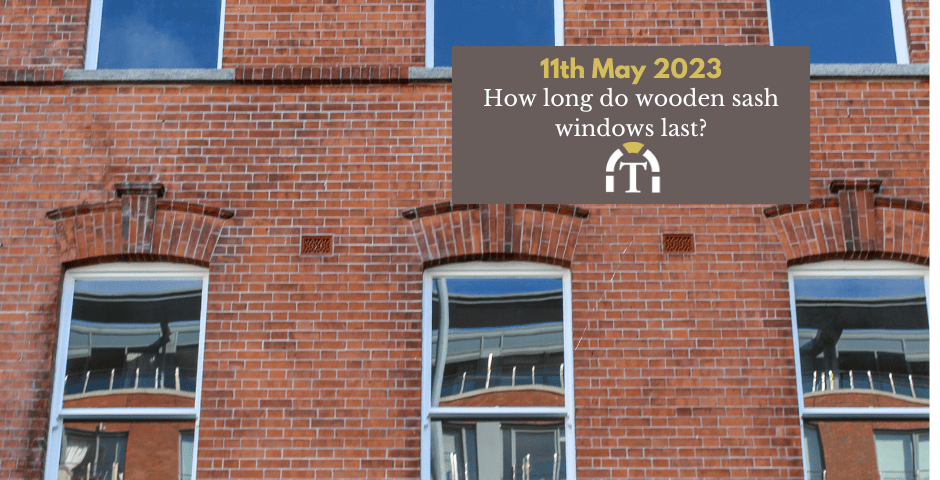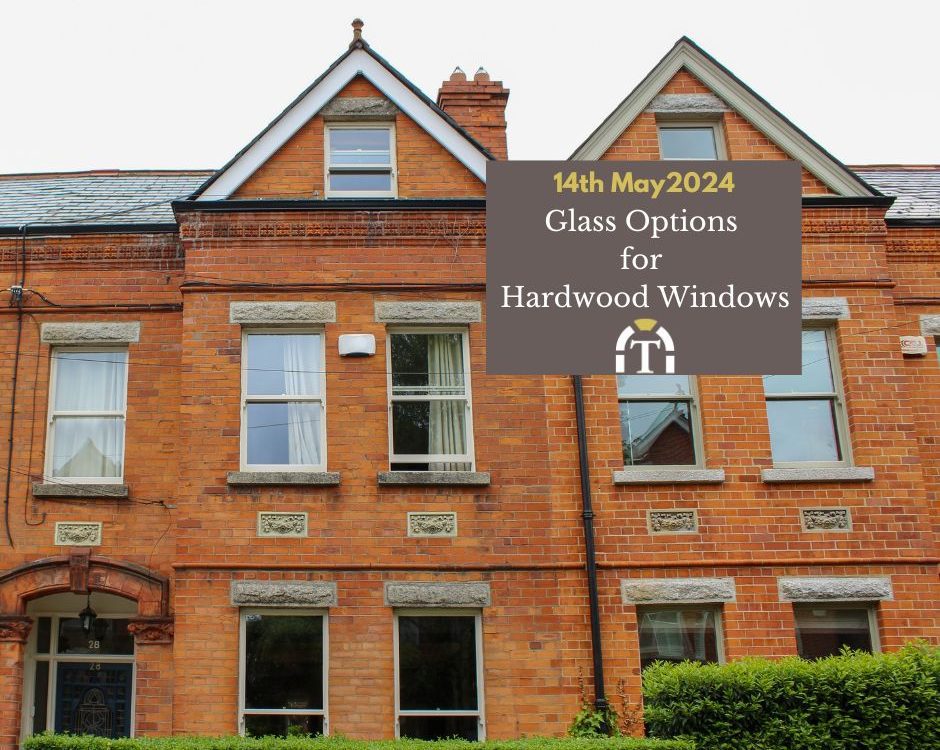
Irish Construction Excellence Awards 2023
03/05/2023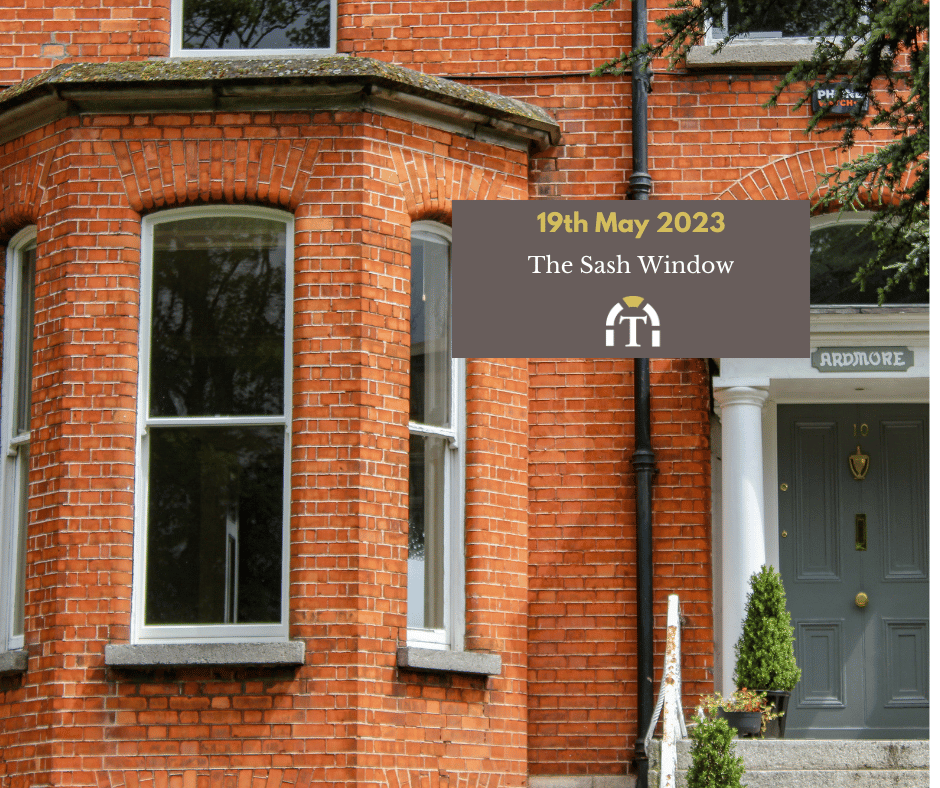
Sash Window
19/05/2023New windows are expensive so it is natural to ask the question how long do wooden sash windows last. In this article we will explore the answer to this question. With fifty years of experience as a busy large-scale timber joinery specialising in making windows, we feel ideally placed to do so,
Wooden sash windows are classical architectural features that have been around for centuries. The oldest sash windows found in Ireland date back to 1680 in Kilkenny Castle. Sash windows have a unique charm and add character to any building. Their beauty and clever practicalty mean they are still in use over 300 years later. They continue to be the windows of choice for newbuilds with traditional architectural styles.
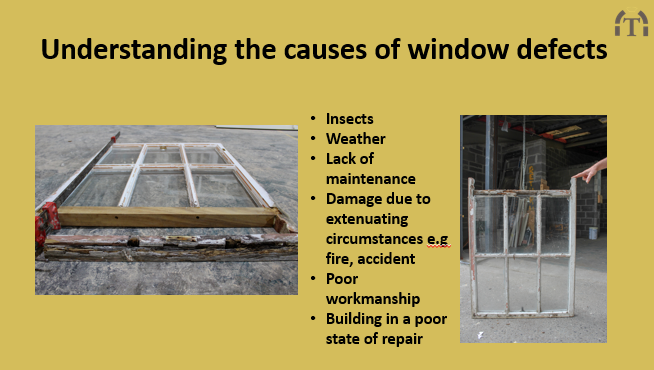
Factors affecting how long wooden sash windows last?
The duraibility of wooden sash windows is often a concern for property owners. “How much work is involved and how often, to maintain our windows?”
However, the lifespan of the window depends not only on the mainenance, but also the quality of the timber originally used for the construction. Furthermore, the skill of the joiners that manufacture the window and install it into it’s frame, are crucial.
- Maintenance
With good maintenance every few years, your wooden sash windows can last well over a century. At least half of the work we do is in the refurbishment of old windows. We regualarly update those that date 100-150 years. It is an excellent solution to refurbish these windows. The old timber dating back to the 1800s is slow-grown and incredibly resilient. Much of the refurbishment process is heavy-duty maintenance, stripping back the paint, applying new paint and resealing the glazing.
Regular mainetnance is crucial to extending the lifespan of wooden sash windows. This includes annually wiping them over with a damp cloth to remove grime, dust and insects. Additionally, checking for any signs of damage and initiating prompt repairs is important. This can prevent minor problems becoming major and affecting the structural integrity of the windows and frames.
With modern, water-based, specialist paint systems, you should only need to repaint every 5-7 years. This will prevent any water ingress which casues rot and decay in the timber.
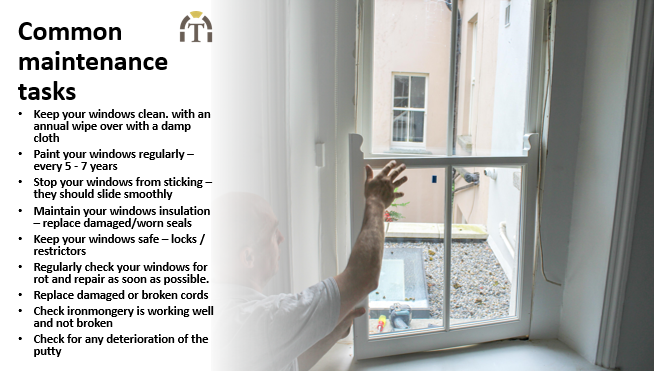
2. Quality of the Timber
It is essential to choose the correct timber for the job.
Much of the timber used in Irish windows from the late seventeenth century onwards was imported, as the native forests had been almost completely wiped out for shipbuilding industries, in particular for the Royal Navy.
Oak was generally termed `Dansick’ oak as it came from Danzig in north-west Prussia, and the softwoods were from the Baltic countries.
Norwegian red deal became the most important single timber imported into Britain and Ireland. As this in turn beccme scarcer in the late eighteenth century, pitch pine or oak became the main timbers for windows.
These timbers were all slow grown and extremely durable as building materials, hence their incredible longevity. As such, it is best to retain the old timber where possible and refurbish as necessary.
For our new windows and any splice repairs we use comparable sustainably grown hardwoods or Accoya, which is an engineered softwood that has longevity and anti-rot warranties. It is also extremely stable.
3. Skilled joiners
The length of life of a window will reflect on the skill of the craftsmanship in the original manufacture and subesequent refurbishment. Poorly made joinery will allow for damage from the external elements or uneven wear during day-to-day use. Imperfect repairs can simply hide the problem or allow for further damage from the elements, which will ultimately reduce the lifespan of the window.
4. Location of the Window
It is important to bear in mind that the location of the window will also play a role in it’s longevity. Some windows are exposed to extreme elements of weather, such as coastal locations, extreme heat, cold or altitude, or exposed rural locations with wind-driven rain.
Lifespan of wooden sash windows
A report from Heriott Watt University in Edinburgh on the life cycle of wooden windows states that they last at least twice the amount of time as a similar uPVC window. They expect a well-made and well-maintained wooden window to have an average life expectancy of 65-80 years, as opposed to a uPVC average life of 30-35 years. This does not take into account the possible longevity of wooden windows lasting easily more than 100 years.
The report states that “Manufacturing criteria play a strong role in extending service life:
Choice of sustainable, defect free, engineered timber
Window design elements such as rounded edges, water shedding angles on cills and beads,
and joint and end grain sealing
Flexible, micro-porous protective paint
Factory controlled glazing and coating systems”.
Additionally, good and regular maintenance will “maintain the life of the window by postponing obsolescence in terms of both aesthetic and technical performance.”


